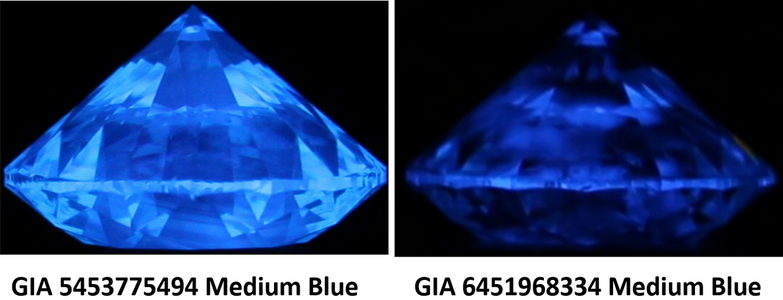CalliopeCladdagh
Shiny_Rock
- Joined
- Nov 26, 2018
- Messages
- 332
Hi everyone,
Yes - another question about fluorescence! Apologies, I know this subject has been discussed at length but I don't think my question has already been addressed.
Interested in 2 diamonds, one with medium and one with strong blue fluorescence. Both J colour.
I'm not afraid of the fluoro per se, but am curious whether the effect will appear stronger where I live (NZ). We tend to have very blue skies, and have holes in the ozone layer that give us very strong sun. Do you think this will affect it and could it potentially raise the chance that the diamond would appear milky?
The diamonds are in the US so I'm unsure whether photos taken over there will be representative of what I would see here.
With the distance and customs charges etc I really want to avoid having to make a return and if I have doubts I won't purchase - but that would also mean potentially missing out on some good diamonds.
Yes - another question about fluorescence! Apologies, I know this subject has been discussed at length but I don't think my question has already been addressed.
Interested in 2 diamonds, one with medium and one with strong blue fluorescence. Both J colour.
I'm not afraid of the fluoro per se, but am curious whether the effect will appear stronger where I live (NZ). We tend to have very blue skies, and have holes in the ozone layer that give us very strong sun. Do you think this will affect it and could it potentially raise the chance that the diamond would appear milky?
The diamonds are in the US so I'm unsure whether photos taken over there will be representative of what I would see here.
With the distance and customs charges etc I really want to avoid having to make a return and if I have doubts I won't purchase - but that would also mean potentially missing out on some good diamonds.








300x240.png)